Optimal Timing for Heat Pump Installation
Heat pumps are versatile systems that provide efficient heating and cooling solutions. Their performance can be influenced by seasonal factors, making the timing of installation an important consideration. Installing during specific periods can optimize efficiency, reduce costs, and ensure system longevity.
Spring offers moderate weather conditions, making installation easier and more comfortable. It allows for system testing before peak usage seasons.
Fall installation prepares the system for winter, ensuring efficient heating when temperatures drop.
Installing during peak summer or winter months can be more challenging due to high demand and scheduling delays.
Scheduling installation during off-peak times can lead to quicker service and potentially lower costs.
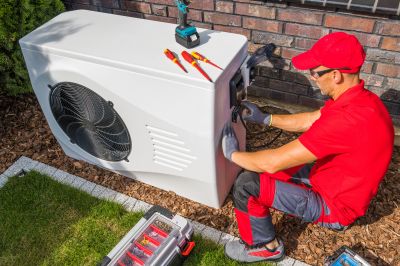
Technicians work comfortably in mild weather conditions.
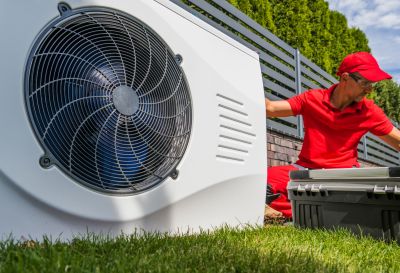
Preparing for winter efficiency with fall installation.
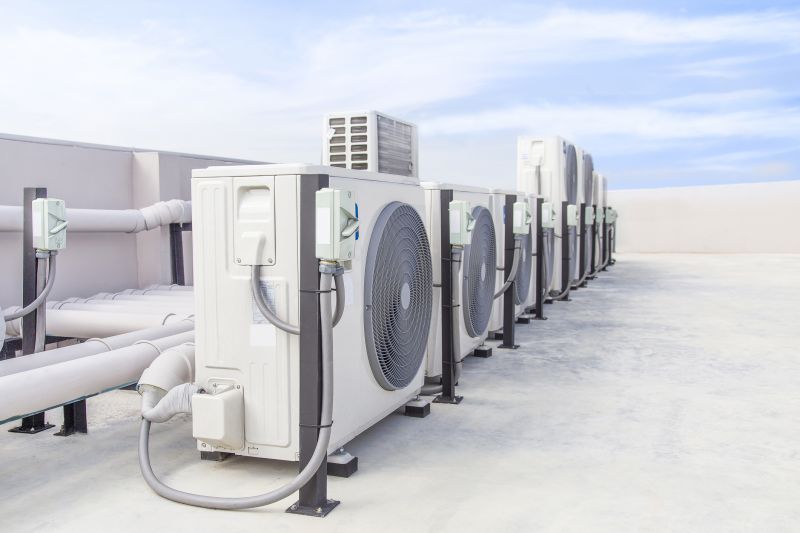
Scheduling during less busy periods for better service.
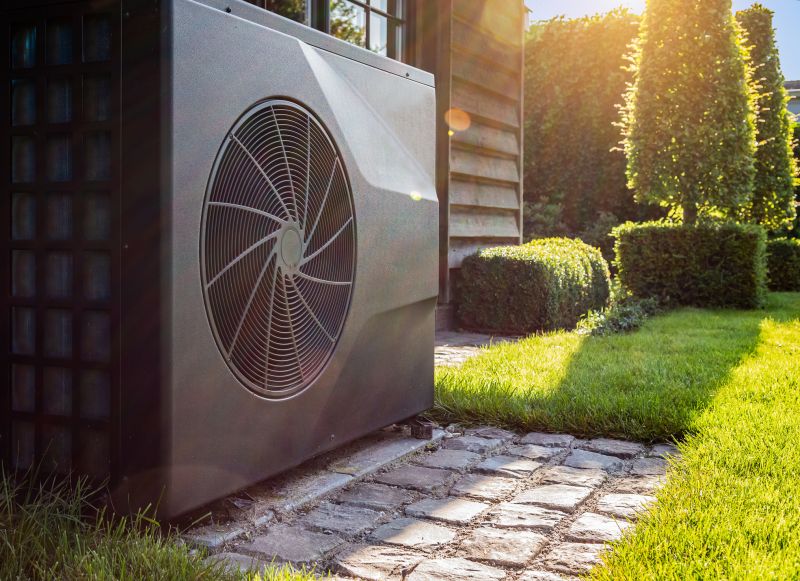
Ways to make Heat Pumps work in tight or awkward layouts.
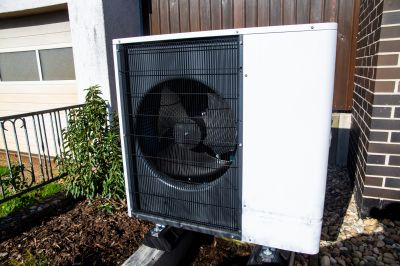
Popular materials for Heat Pumps and why they hold up over time.
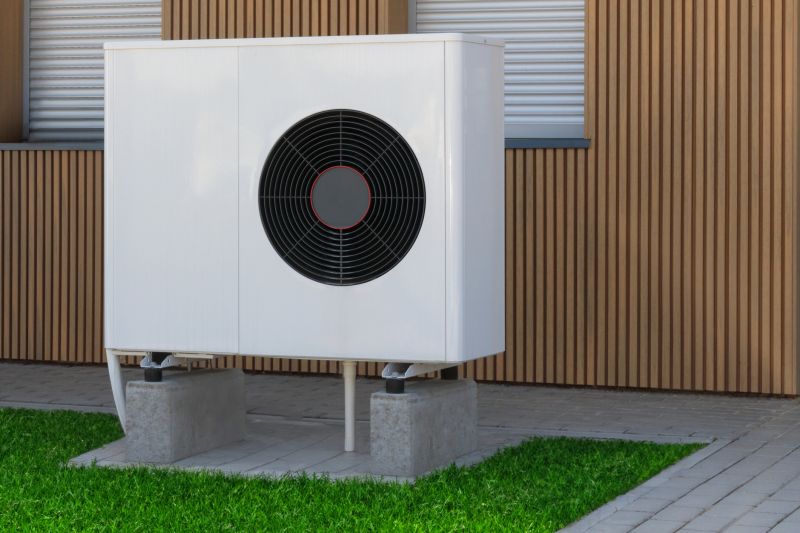
Simple add-ons that improve Heat Pumps without blowing the budget.
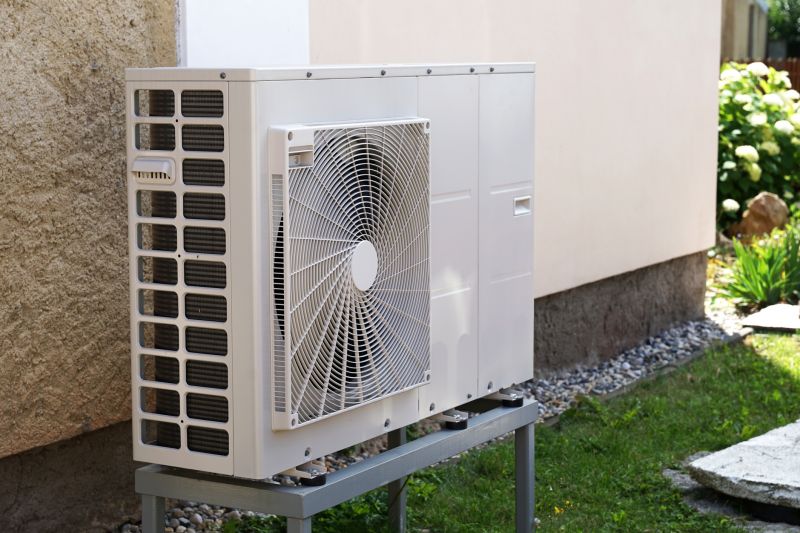
High-end options that actually feel worth it for Heat Pumps.
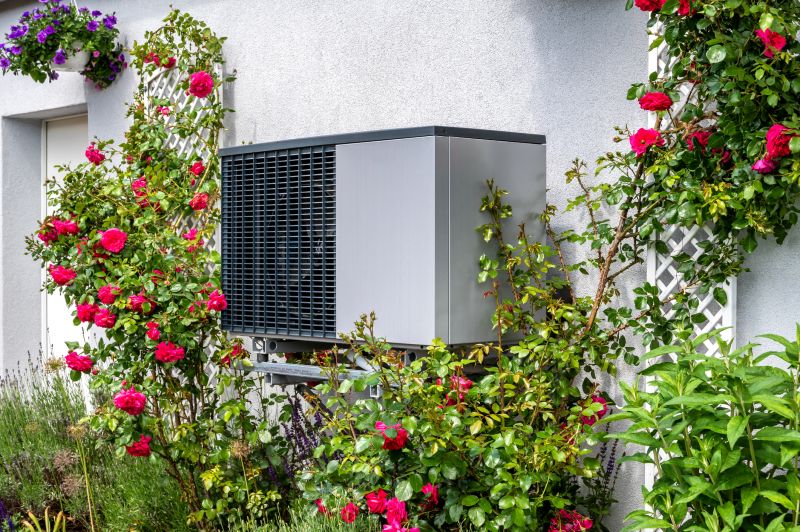
Finishes and colors that play nicely with Heat Pumps.
| Season | Optimal Installation Timing |
|---|---|
| Spring | Ideal for system setup before peak cooling season. |
| Summer | Less recommended due to high demand and installation difficulty. |
| Fall | Excellent for preparing heating systems for winter. |
| Winter | Possible but more challenging due to weather conditions. |
| Off-Peak | Best for scheduling flexibility and quicker service. |
Heat pumps are energy-efficient systems capable of providing both heating and cooling by transferring heat between indoor and outdoor environments. They are suitable for various climates and can significantly reduce energy consumption compared to traditional HVAC systems. Proper timing of installation can ensure maximum efficiency and performance, especially when considering seasonal temperature variations and demand cycles.
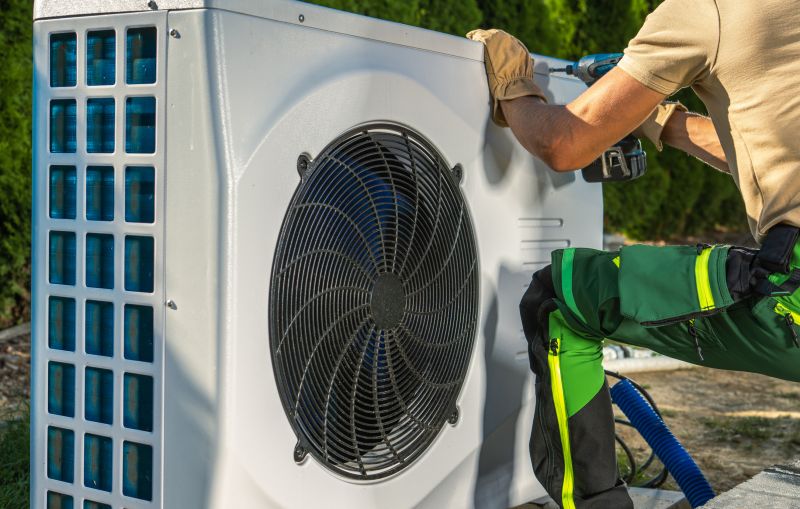
Advanced technology for efficient climate control.
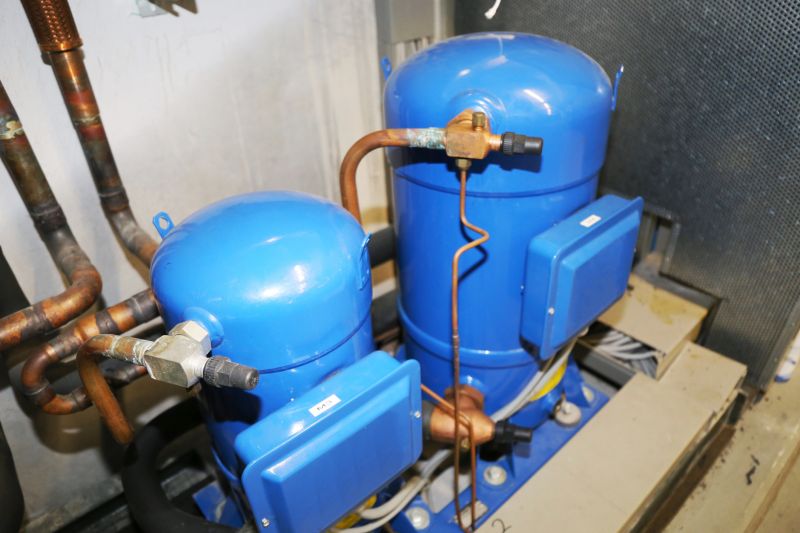
Key parts include compressor, evaporator, and condenser.

Installation and operation in residential settings.
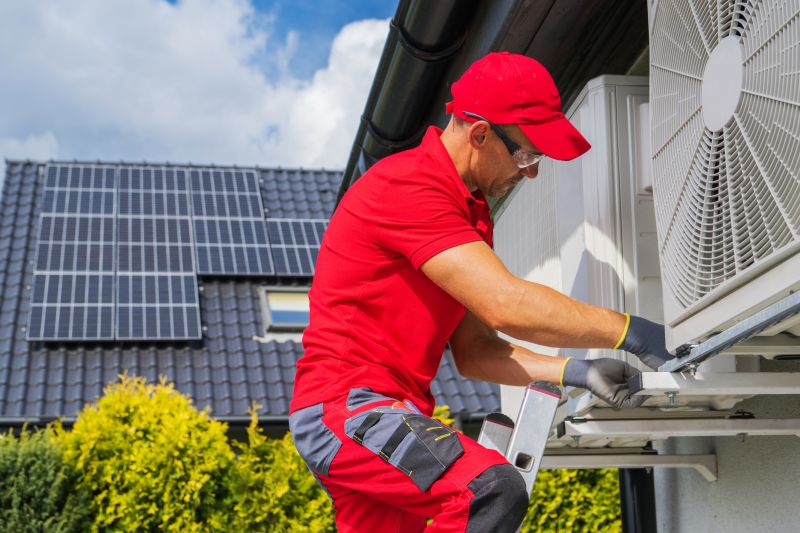
Designed for optimal performance and savings.
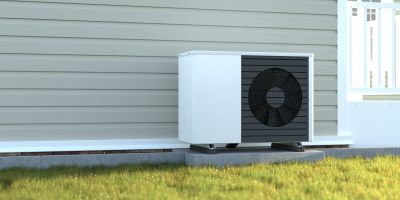
Little measurements that prevent headaches on Heat Pumps day.

A 60-second routine that keeps Heat Pumps looking new.
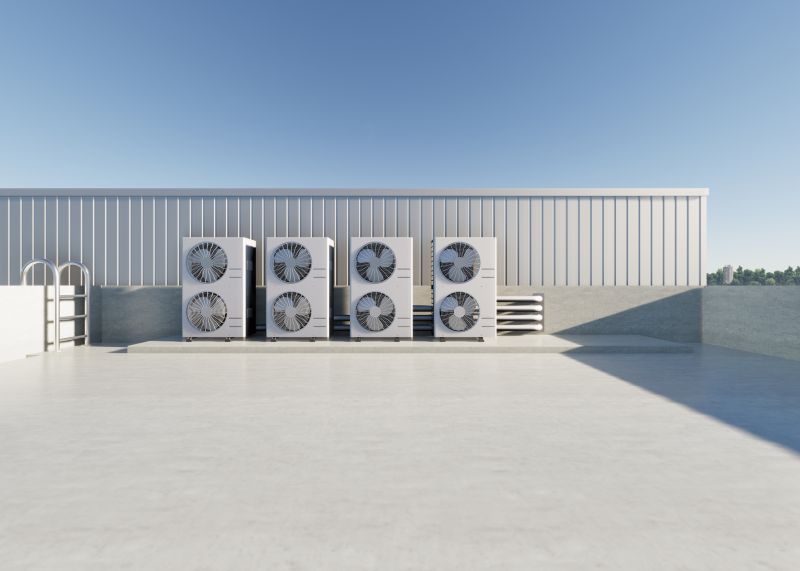
A frequent mistake in Heat Pumps and how to dodge it.
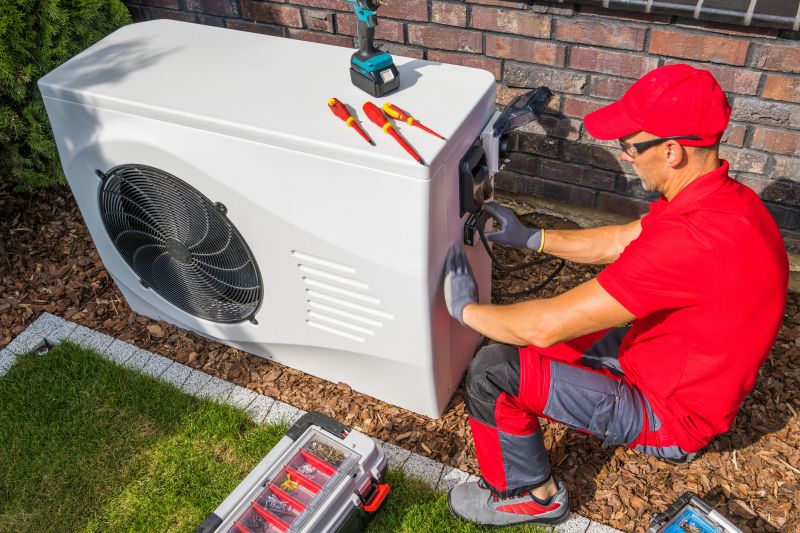
Small tweaks to make Heat Pumps safer and easier to use.
Interested in installing a heat pump system? Filling out the contact form can provide guidance on the best timing for installation based on specific needs and local climate conditions. Proper scheduling ensures the system operates efficiently and reliably throughout the year.
